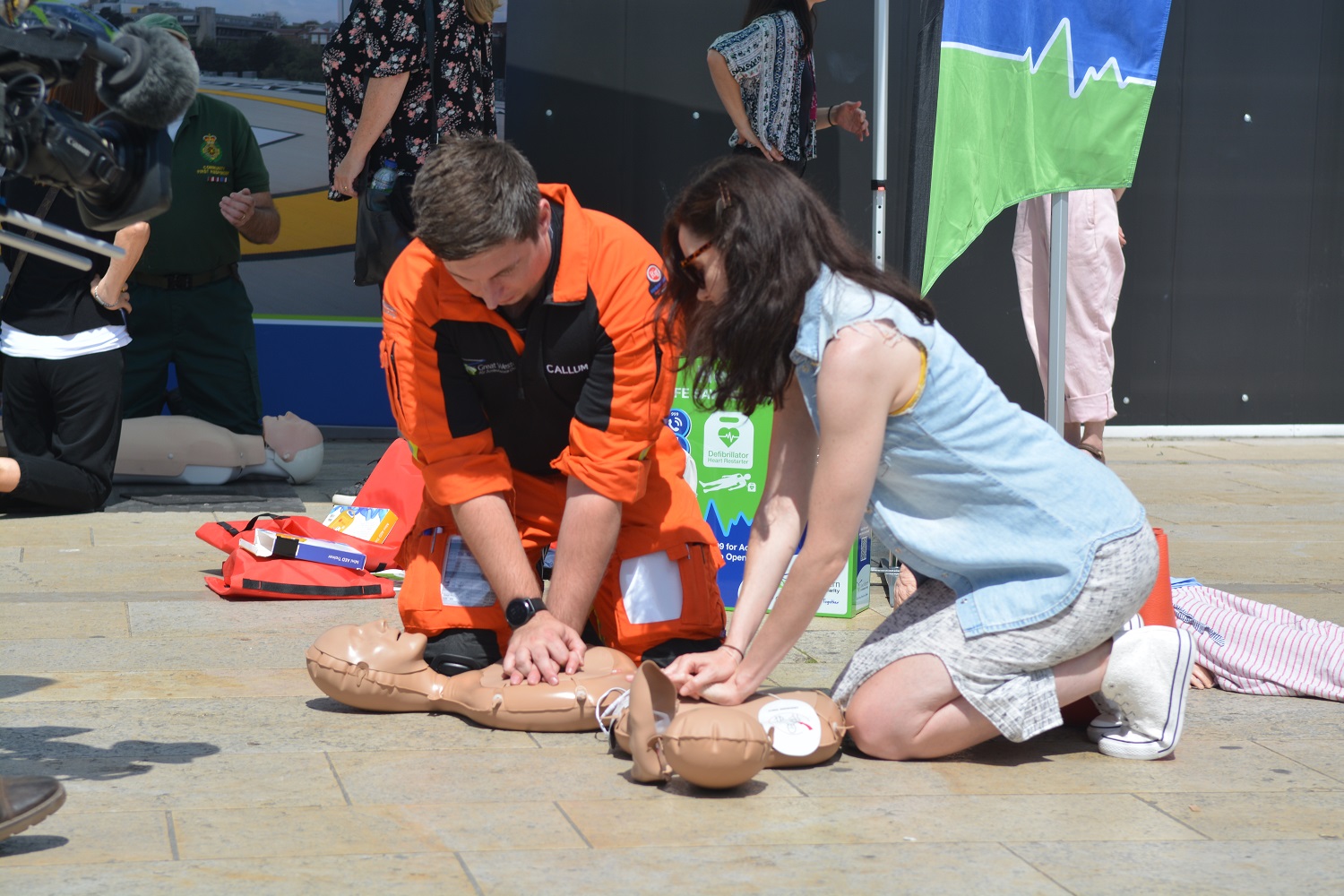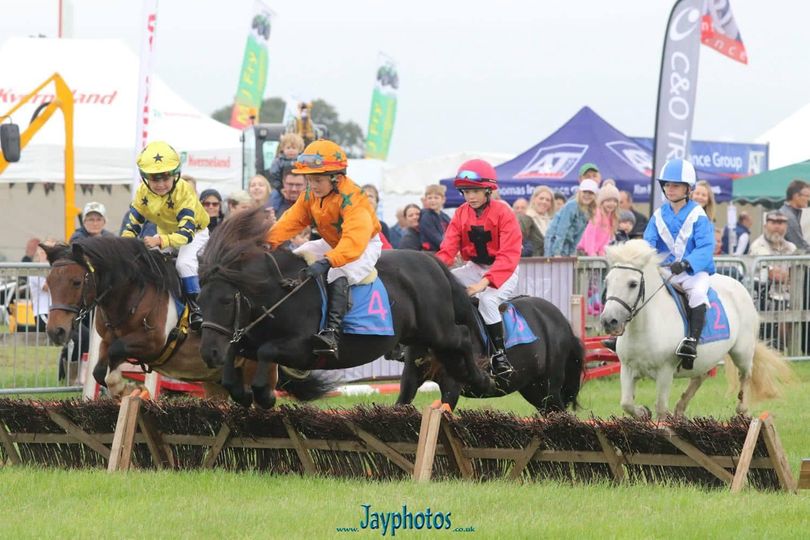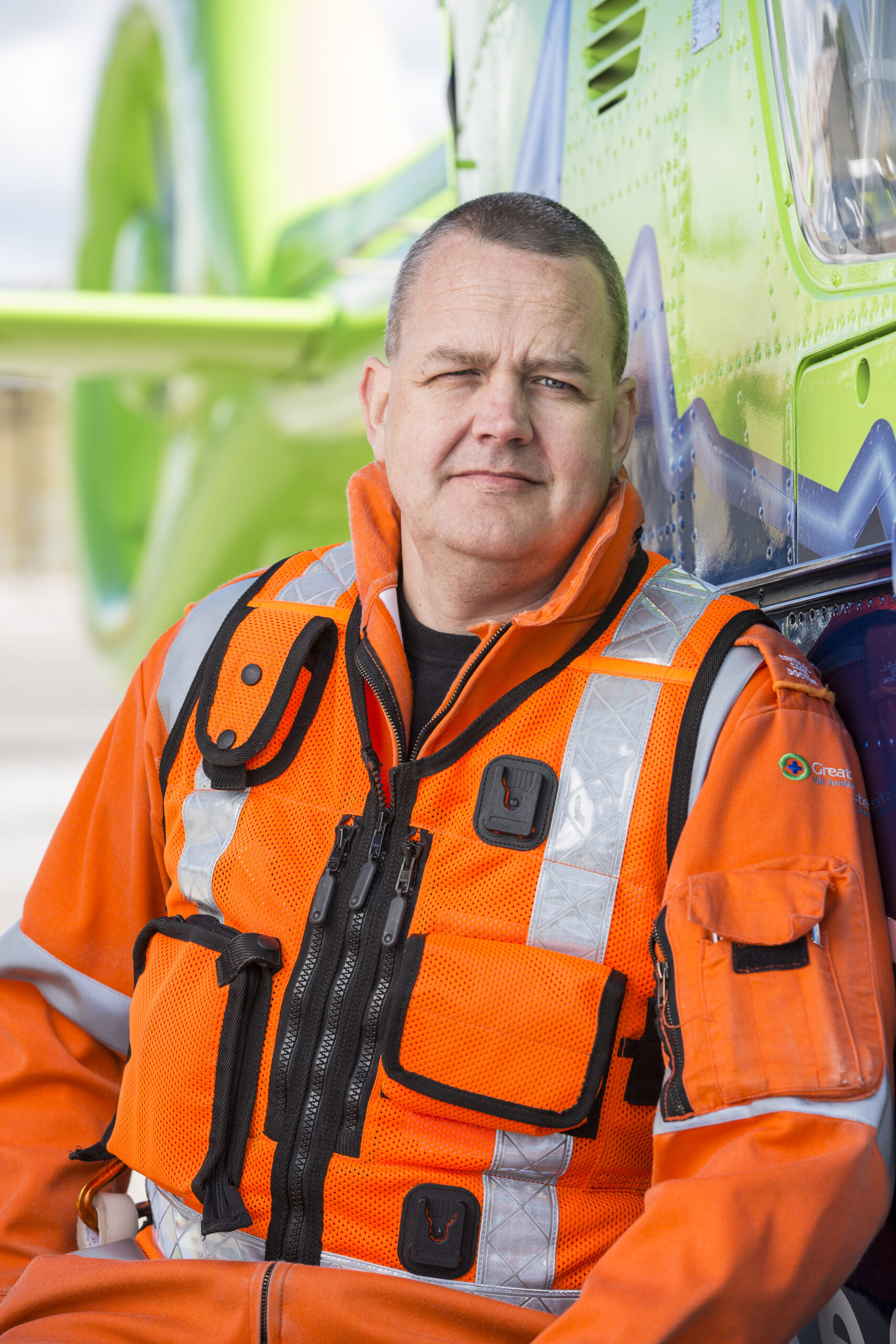
Launch of community defibrillator at We The Curious
August 5, 2022
Frampton on Severn Sheep and Pony Racing
August 18, 2022
As a Helicopter Emergency Medical Service provider, Great Western Air Ambulance Charity (GWAAC) attends the most critical of 999 calls. Our patients need our expertise on scene to give them the best chance of survival; they’ll also need the best possible hospital care after we have done our job.
The concept of a Major Trauma Network
In 2011, a Major Trauma Network was introduced in London. It categorised hospitals as emergency departments, trauma units and major trauma centres (MTC). Each hospital has varying resources dependent on the category.
The concept was introduced across England the following year. This created the Severn Major Trauma Network which covers our region.
When a patient experiences major trauma, they will usually be taken to an MTC. If the patient is too far away from their closest MTC, instead of risking deterioration in the ambulance, they will be taken to a trauma unit instead.
“The idea is that major trauma is not that common and so taking the patient to centres that specialise in trauma should improve outcomes.” – Dr Jules Blackham, Critical Care Doctor at GWAAC
Our region’s MTCs
Our region has two MTCs: Southmead is the adult MTC, and the Bristol Royal Children's Hospital is the MTC for children.
Because MTCs are more accustomed to dealing with the most severe of trauma emergencies they are more likely to improve the outcome for the patient.
The BRI is also the home of the Bristol Heart Institute. This means that we can convey our cardiac arrest patients straight to a specialist hospital that is best prepared to help with that condition.
Southmead Hospital experiences over four times the number of major trauma incidents than the local trauma units. Southmead and Bristol Royal Children's Hospital are also the only two hospitals with specialist orthopaedics and plastic surgery teams.
GWAAC and MTCs
GWAAC is privileged to have additional expertise, equipment and resources onboard the helicopter and critical care cars compared to a standard land ambulance. This means we can bring the expertise of a hospital emergency department to the scene of an incident, and it gives our crew a better chance of stabilising the patient. Methods of stabilisation could include anaesthetising the patient and putting them on a ventilator.
The ability to stabilise a patient gives our crew more time to get the patient to a hospital that is better prepared to deal with the serious nature of their injuries. Bypassing trauma units to get the patient to an MTC allows for the best outcome due to the MTCs larger resources.
As well as the immediate benefits of MTCs to the patient, MTCs also help GWAAC’s Critical Care Team provide the highest standards of care to patients. Dr Jules Blackham is not only a GWAAC Critical Care Doctor but also works at Southmead Hospital. He says that working in an MTC environment gives him “significantly greater exposure to major trauma.” As a result, he is “more familiar with disease and management options.”
Because members of our crew, such as Dr Jules, experience these types of incidents so regularly in the hospital setting, they can take their learnings from the hospital and apply them when they arrive at the scene of an incident with GWAAC.

Critical Care Doctor, Jules Blackham
The idea is that major trauma is not that common and so taking the patient to centres that specialise in trauma should improve outcomes.

Southmead Hospital pictured from Helimed 65



